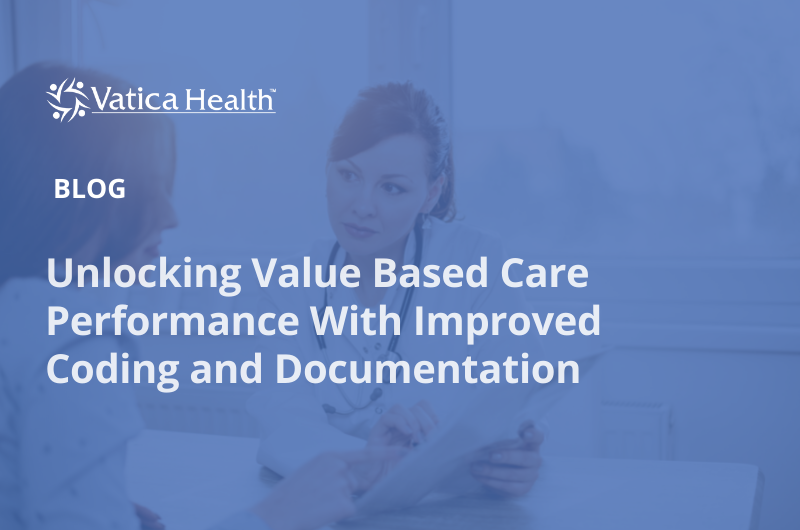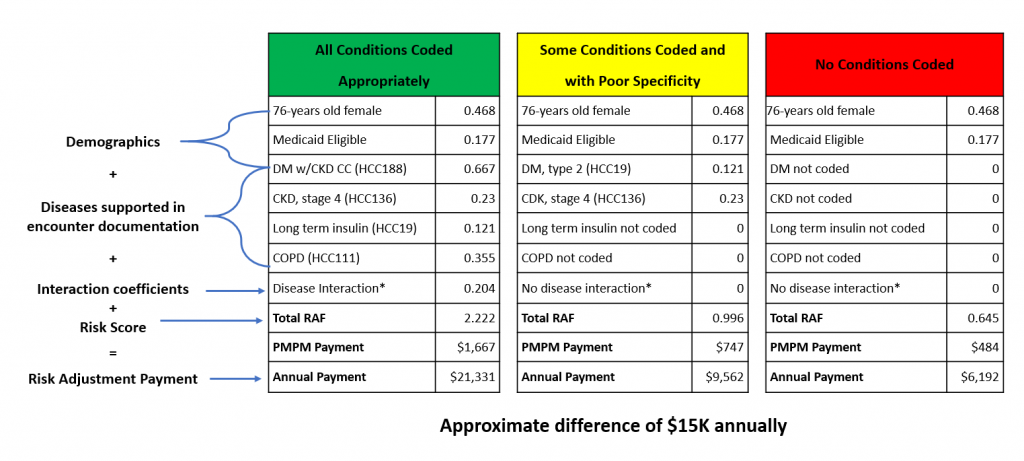
The data might surprise you. Medical care accounts for only 10%-20% of the modifiable contributors to healthy outcomes. The other 80%-90% are referred to as social determinants of health (SDOH)—the conditions in the environments where people are born, grow, live, learn, work, and age that affect a wide range of health, functioning, and quality-of-life outcomes and risks. Examples of social determinants include housing and economic stability, literacy skills, access to nutritious food and physical activity opportunities, and more.
By identifying and addressing SDOH, physicians—especially primary care physicians (PCP)—can aid in removing the barriers and challenges that impede a person’s healthy lifestyle, wellbeing, and ability to achieve positive health outcomes. Identifying and documenting SDOH not only helps drive actions to improve these conditions, but also positively impacts performance in value-based payment models such as accountable care organizations, patient-centered medical homes, and Medicare Shared Savings programs that reward providers based on health outcomes—not volume.
In addition, PCPs’ efforts to address social determinants counts toward medical-decision making under fee-for-service payment models. As these payment models continue to evolve, it becomes easier to justify whole-person, patient-centered care.
Taking a PCP-centric approach
PCPs are uniquely positioned to capture and address social determinants because they already have trusted relationships with their patients and can engage them on a personal level. They are also at the center of clinical care, public health, behavioral health, and community-based resources.
Every touchpoint with a patient presents an opportunity to identify, capture, and address these critical factors that impact health outcomes. Annual wellness visits, for example, are a perfect time to address SDOH. Seizing these opportunities is paramount because a patient’s social or economic status can change over time. For example, opportunities for good health can be constrained after a recent job loss; or a patient may move into an area that is considered a food desert, making healthy food options highly impractical.
The challenge: Operational limitations
Most PCPs know that social determinants play an important role in health outcomes, yet finding ways to identify and impact these determinants is a challenge. Most patients aren’t necessarily forthcoming with information. Even once identified, carving out time to engage patients in meaningful conversations can be daunting. Another challenge is identifying and addressing implicit bias that can thwart efforts to address SDOH. In addition, physicians must be able to connect patients community resources.
Given these obstacles, it’s not surprising that there are countless missed opportunities to address social determinants. This dynamic is exacerbated by PCP burnout and PCPs lacking the tools and resources to effectively address SDOH.
The solution: A health plan-sponsored, PCP-centric risk adjustment and quality programs
Over the last several years, health plans have shifted resources toward PCP-centric solutions, especially in the case of coding and quality programs. This represents an important trend for physicians, as legacy risk adjustment programs work around PCPs and prevent them from closing care gaps and addressing SDOH. Because PCPs have an existing and trusted relationship with their patients, such programs have much higher engagement than in-home risk assessments.
Another important development has centered around the recognition that technology alone doesn’t solve these problems. Infrastructure augmentation, especially support from licensed clinical consultants, is critical to helping busy PCPs develop a comprehensive view of the patient. This serves as a catalyst for an open discussion about possible social determinants of health that may be impacting their health and quality of life.
In addition, PCP-centric programs can offer guidance and support on establishing a team-based approach to screen for social determinants. For example, onsite RNs, LPNs, or PAs can ask patients about their social determinants while checking vital signs and alert PCPs when a deeper conversation about social determinants is warranted. Receptionists can distribute SDOH screenings tools upon check-in. Everyone within the practice plays a role of driving engagement and results.
Training is also critical. PCPs who undergo training to address implicit bias will be better equipped to have conversations about SDOH. PCPs must also be able to deliver strong, personalized messages about preferred community resources and follow up with patients to ensure they are getting the help they need. Training the entire team on implicit bias, health equity, and cultural proficiency is also a good idea.
Conclusion
A health plan-sponsored program that supports physicians with tools, clinical resources and financial incentives enables PCPs to identify and address SDOH without adding operational burden. PCPs are empowered to treat each patient holistically to improve outcomes in a cost efficient manner. To learn more, visit https://vaticahealth.com/provider/.








Recent Comments